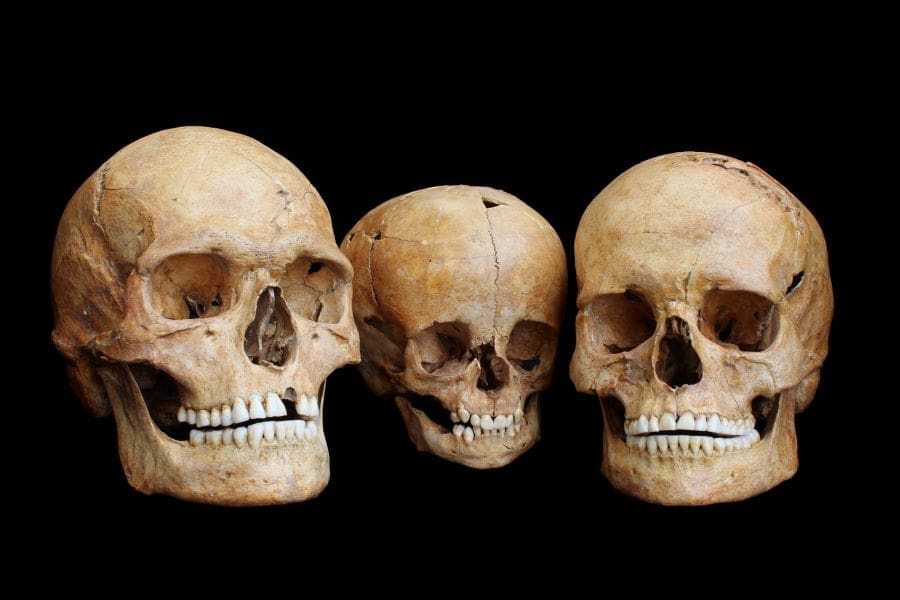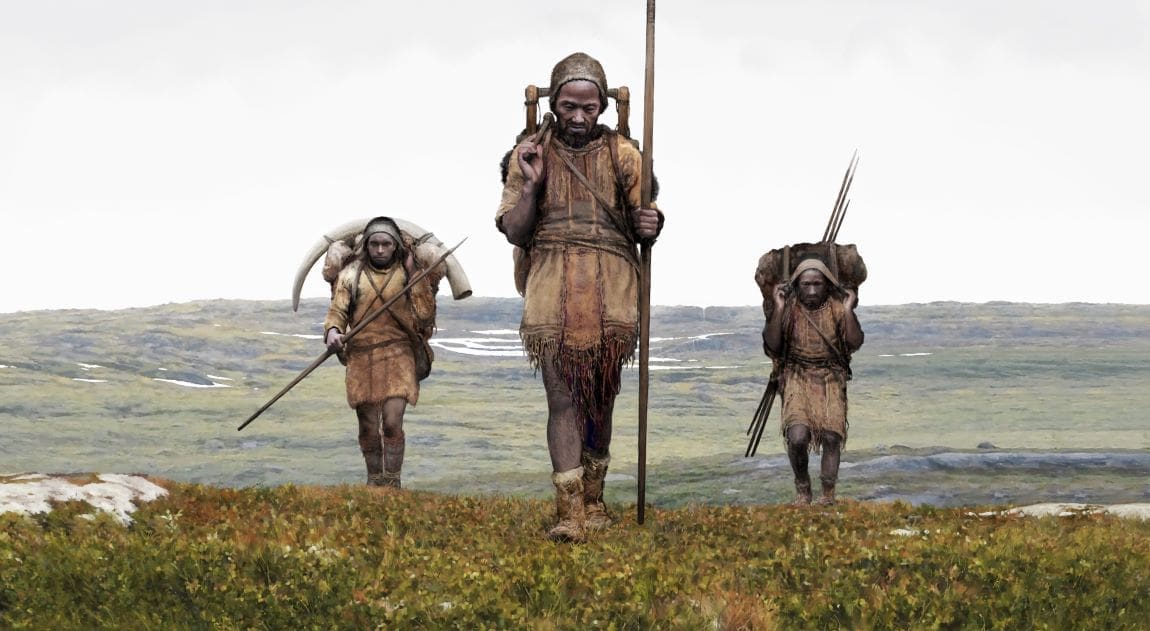An international team of researchers has uncovered how prehistoric hunter-gatherers in Europe responded to dramatic climate changes during the last Ice Age, revealing that populations in the region faced near extinction.
The study, published in Science Advances, utilized the largest dataset of human fossils from Ice Age Europe ever assembled, spanning a period between 47,000 and 7,000 years ago.
The research, led by Dr. Hannes Rathmann of the Senckenberg Centre for Human Evolution and Palaeoenvironment at the University of Tübingen, offers new insights into the lives of these early humans, particularly during the Last Glacial Maximum when glaciers enveloped vast parts of northern and central Europe. The study reveals that population sizes plummeted during the coldest periods, especially in Western Europe, where Ice Age Europeans faced the threat of extinction.
“Archaeologists have long debated the influence of climatic changes and the associated new environmental conditions on the demography of hunter-gatherers at that time,” explains Dr. Rathmann. The challenge, he notes, has been the limited availability of well-preserved fossils for ancient DNA analysis, making it difficult to assess the full impact of these climatic factors.

To address this issue, Rathmann and his team developed an innovative approach, analyzing dental traits rather than relying solely on ancient DNA. “Teeth are the hardest tissue in the human body and are therefore the most common fossil skeletal elements found by archaeologists,” Rathmann explains. This focus allowed the researchers to compile a comprehensive dataset that includes dental data from 450 prehistoric humans across Europe.
The study’s results illuminate the demographic shifts that occurred over thousands of years. Between 47,000 and 28,000 years ago, during the ‘Middle Pleniglacial’, populations in Western and Eastern Europe were genetically interconnected, supported by open steppe landscapes that could sustain large herds of prey animals. “This finding is consistent with our previous knowledge from archaeological studies,” says Dr. Judith Beier, co-author from the DFG Center for Advanced Studies at the University of Tübingen.
During the ‘Late Pleniglacial’ (28,000 to 14,700 years ago), this connection was severed, and both regions saw a sharp decline in population size, leading to a loss of genetic diversity. “This drastic demographic change was probably caused by massive climate changes,” Rathmann explains, pointing to the extreme cold of the ‘Last Glacial Maximum’ as a critical factor. “The deteriorating climate caused a shift in vegetation from steppe to a predominantly tundra landscape, which affected the habitats of prey animals and, consequently, the hunter-gatherers who depended on them.”
One of the study’s most interesting findings is that Western European populations went extinct during this period and were subsequently replaced by groups migrating from Eastern Europe. This discovery highlights the profound impact of climate change on human survival and migration patterns during the Ice Age.
As temperatures began to rise and glaciers retreated after the ‘Late Pleniglacial’, the surviving populations started to grow again, with migration between Western and Eastern Europe resuming.
The success of this research is partly due to a new analytical method called Pheno-ABC, a machine learning algorithm developed by the team. “Our new method… has enabled us for the first time to reconstruct complex prehistoric demographic events using morphological data,” says co-first author Dr. Maria Teresa Vizzari from the University of Ferrara. The researchers believe this tool could revolutionize the analysis of fossil skeletal morphology.
In conclusion, Dr. Rathmann emphasizes the broader implications of the study: “Our study provides important insights into the demographic history of Ice Age Europeans and highlights the profound impact of climate and environmental changes on the lives of prehistoric humans. We should urgently learn from our past if we want to address the complex environmental problems of the future.”
Journal Reference:
Rathmann et al. ‘Human population dynamics in Upper Paleolithic Europe inferred from fossil dental phenotypes’, Science Advances 10 (2024); DOI: 10.1126/sciadv.adn8129
Article Source:
Press Release/Material by Senckenberg Research Institute and Natural History Museum
Featured image: Artistic reconstruction of a hunter-gatherer group from the Ice Age Credit: Tom Björklund




